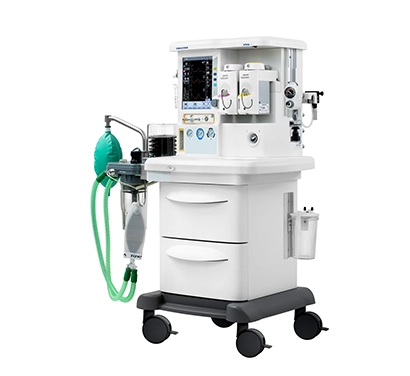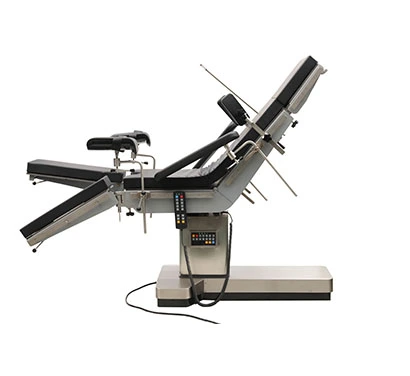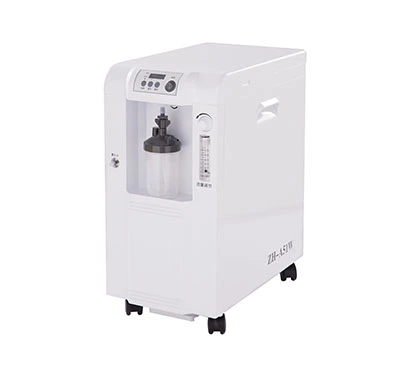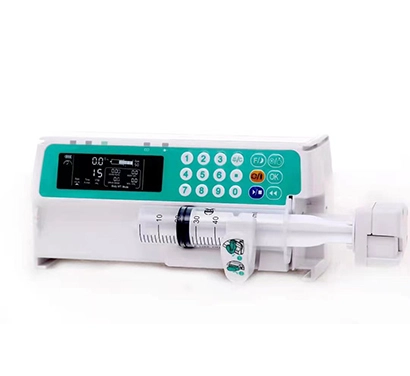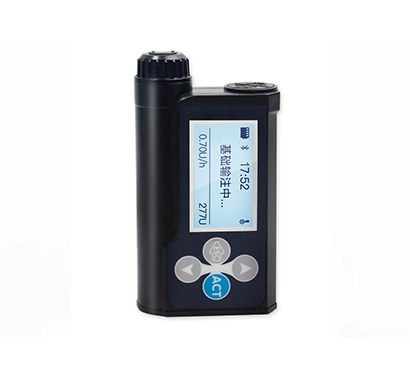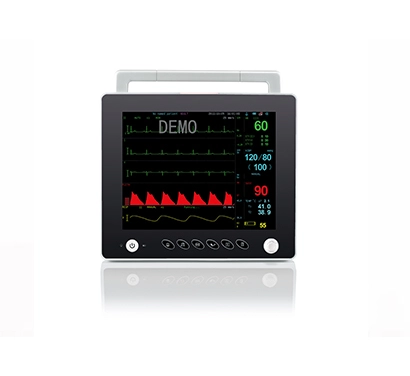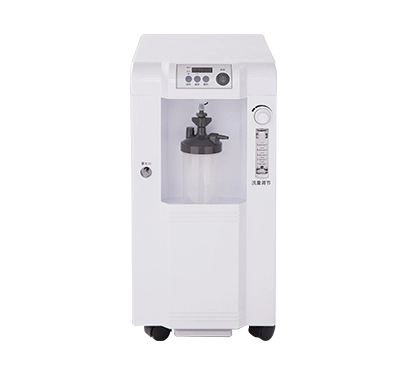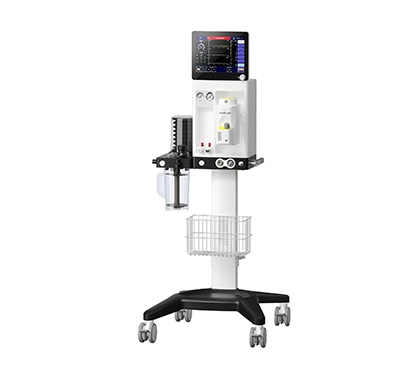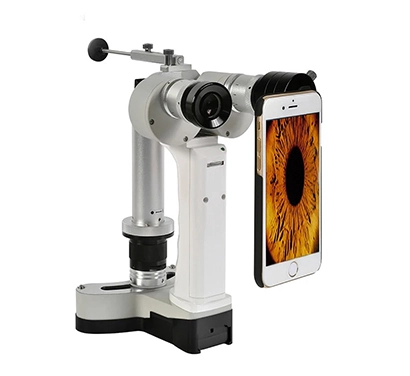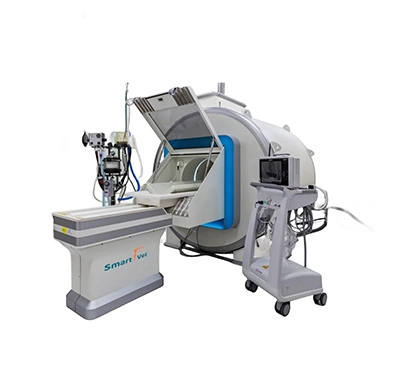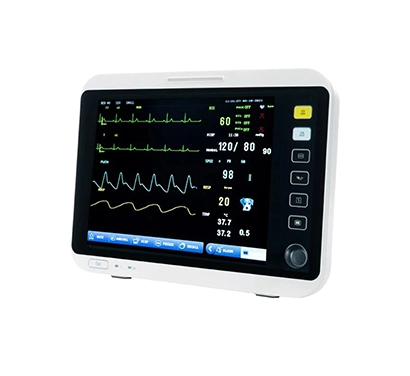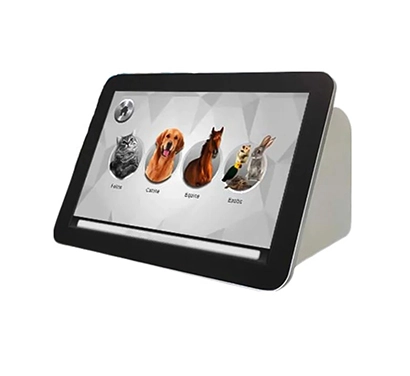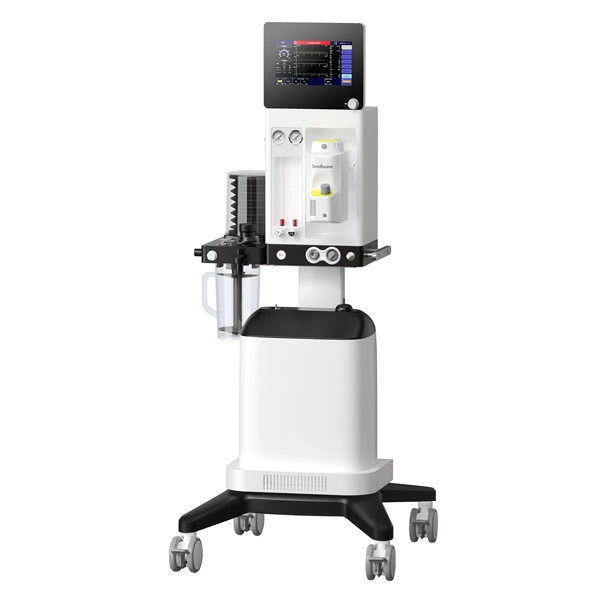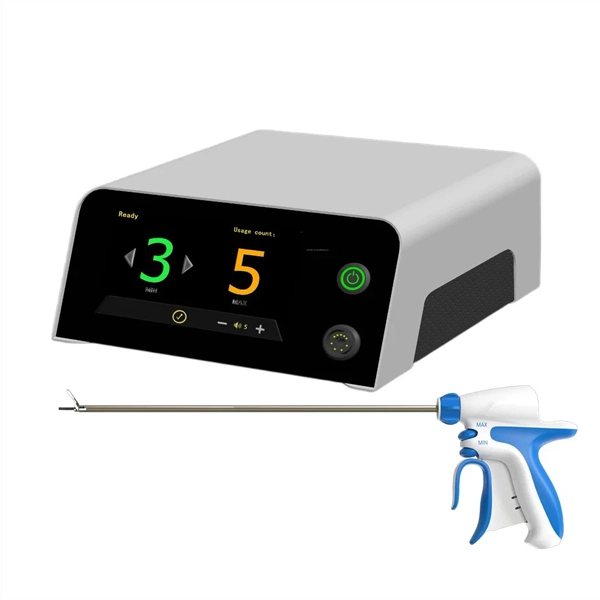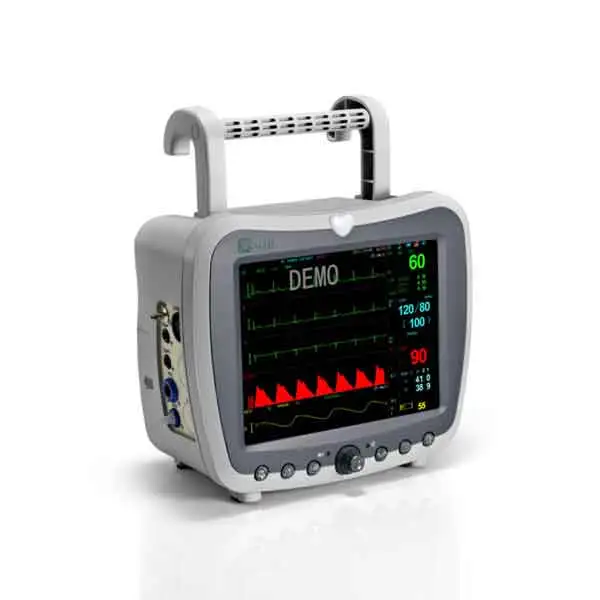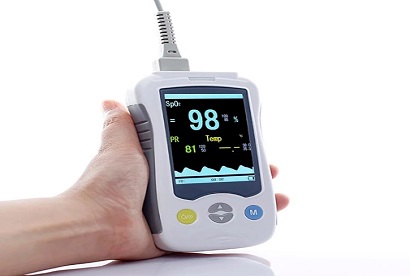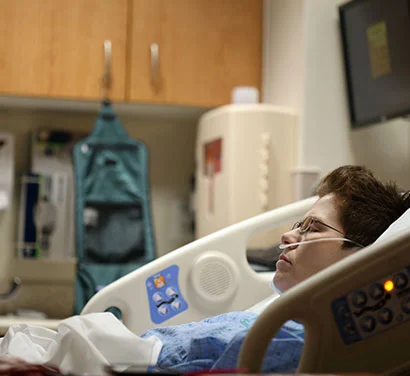Animal surgery microscopes are high-resolution, high-magnification microscopes specifically designed for animal surgeries. They help veterinarians or researchers clearly observe tiny blood vessels, nerves, and tissue structures during animal surgeries, thereby improving surgical accuracy and safety. Animal surgery microscope typically features high-brightness light sources, precise focusing systems, and stable stages to meet the demands of various surgical environments.
Development of Animal Surgery Microscopes
The earliest animal surgery microscopes were manually adjusted, requiring doctors or technicians to perform meticulous operations. With technological advancements, animal surgery microscopes have gradually achieved automation and digitization, making surgeries more precise and safe. In recent years, with the rise of minimally invasive surgeries and precision medicine, the animal surgery microscope industry has developed rapidly, resulting in more efficient and multifunctional products.
Classification of Animal Surgery Microscopes
Animal surgery microscopes can be mainly divided into upright microscopes and inverted microscopes. In inverted microscopes, the stage is on the upper side, and the objective lens is on the lower side. In contrast, in upright microscopes, the stage is on the lower side, and the objective lens is on the upper side. Additionally, there are some special types of animal surgery microscopes, such as stereomicroscopes, which use binocular vision to achieve a sense of depth but are limited to observation and cannot perform subsequent quantitative analysis.
Prospects
The application of animal surgery microscopes is expanding in fields such as veterinary medicine, biological research, and experiments. As people increasingly prioritize pet health, the demand for animal surgeries is also rising. Animal surgery microscope can provide high-definition images, helping veterinarians perform precise surgical operations. Furthermore, animal surgery microscopes can be applied in other fields such as ophthalmic surgery and dermatological surgery, offering more treatment options for veterinarians.
Potential of Animal Surgery Microscopes
Animal surgery microscopes also have enormous potential in biological research. They can help scientists observe and study the structures and functions of animal cells, tissues, and organs, thereby gaining deeper insights into physiological and pathological processes of animals. By observing and analyzing the behavior and physiological changes of animal models under a microscope, scientists can better understand the mechanisms of disease occurrence and drug action. This is of great significance for new drug development and disease treatment.
In summary, animal surgery microscopes, with their high resolution and high magnification features, play an irreplaceable role in fields like veterinary medicine, biological research, and experiments. With continuous technological advancements and expanding applications, RHC Medical's veterinary monitors for sale will continue to contribute significantly to animal health and human medical research.

 EN
EN
 fr
fr  es
es  ru
ru  ar
ar 
